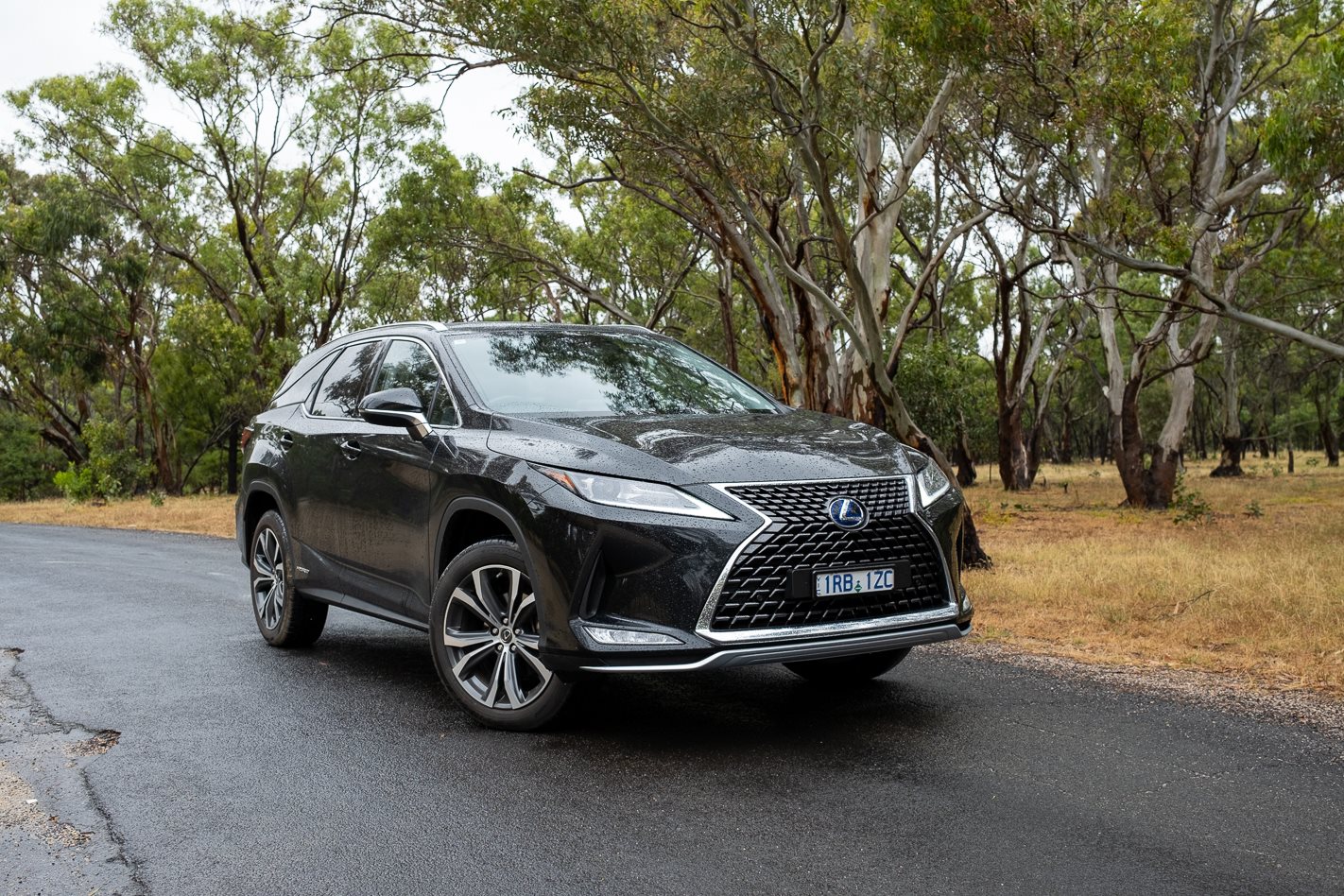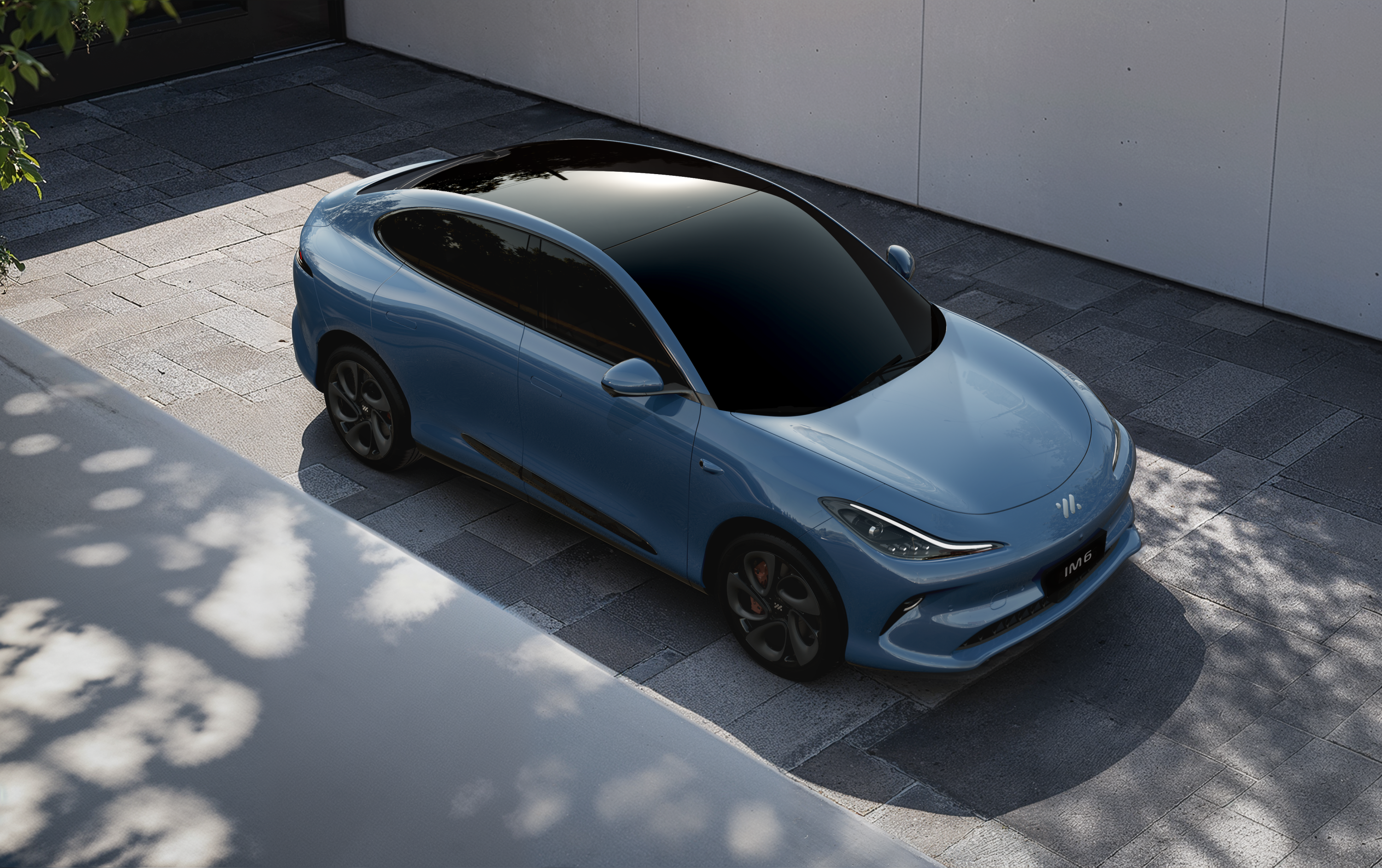
Snapshot
- Two RX 450h SUVs being used in scheme
- Range of applications being trialled including communicating with trams
- Second year Lexus has worked on related safety projects
Lexus is testing how its cars may be able to communicate with traffic lights and trams to prevent future accidents.
The Australian arm of the Japanese carmaker is using two RX 450h SUVs in Melbourne to trial features such as warning the driver when turning in front of a tram, or when a cyclist or pedestrian has pushed the button on traffic lights to cross the road – including at ‘hook-turn’ intersections.
The two specially prepared RXs are fitted with Dedicated Short Range Communication (DSRC) and cellular network technologies, and will be found travelling around Melbourne’s inner-eastern suburbs of Carlton, Collingwood and Fitzroy from mid-2021.
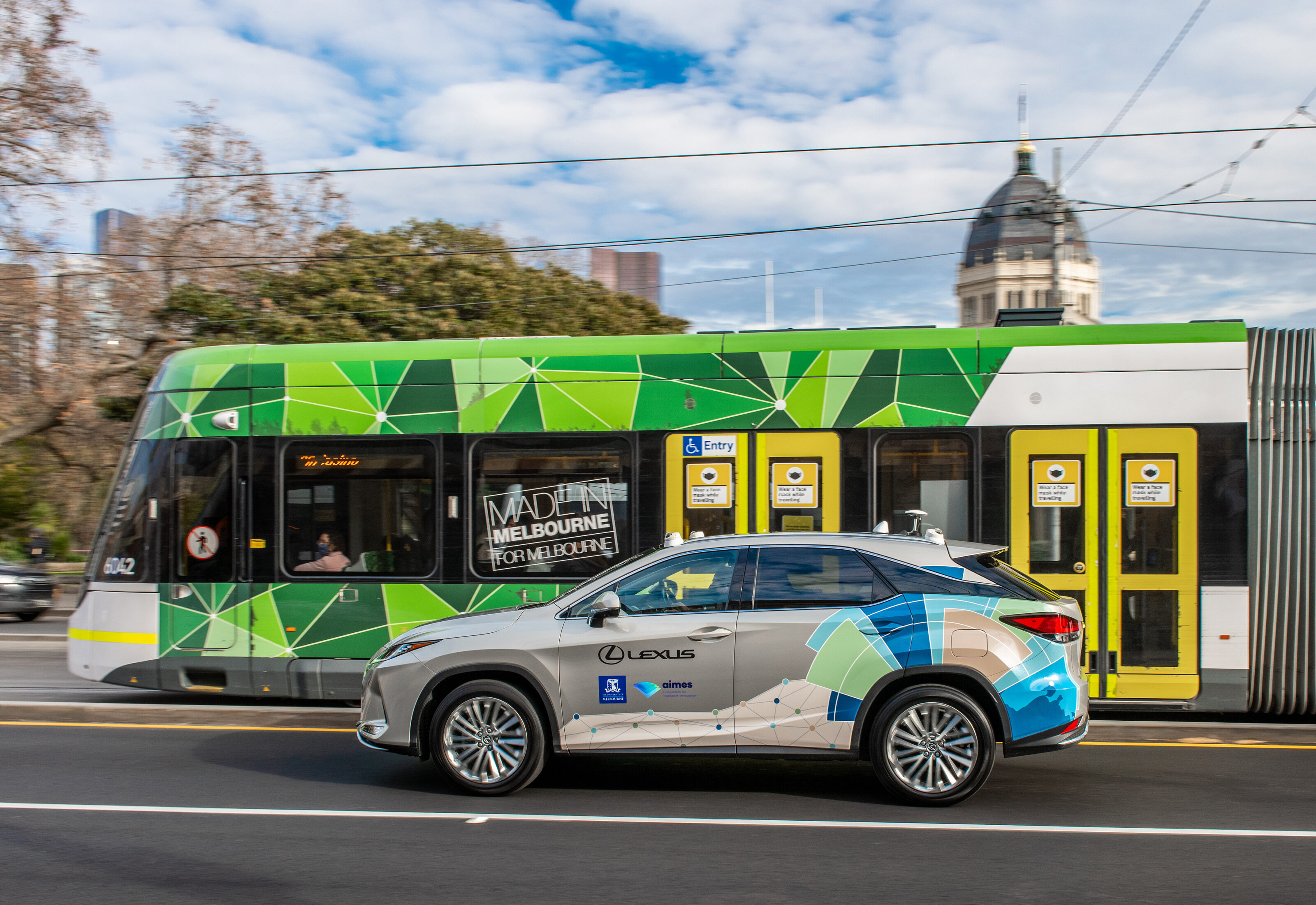
Lexus Australia will become the first automotive partner to join the ground-breaking testing, which will also develop further alerts including; when a driver attempts to enter a one-way street or freeway entry/exit the wrong way, when an emergency vehicle is approaching or when it might not be safe to enter an intersection.
The research is being carried out in a joint partnership with the Australian Integrated Multimodal EcoSystem (AIMES) – a group of 50 tech, transport and government organisations led by the University of Melbourne.
Lexus Australia’s Chief Executive, Scott Thompson, said the luxury brand is constantly investing in new technologies to achieve higher vehicle safety standards.
“Imaginative technology and leveraging innovation are core to the Lexus DNA, and we are committed to delivering next-generation road safety outcomes,” Mr Thompson said.

Lexus Australia’s partnership with AIMES follows previous Co-operative Intelligent Transport Systems (C-ITS) trials in partnership with the Victorian and Queensland governments which wrapped up last year.
In Victoria, Lexus participated in the Advanced Connected Vehicles for Victoria project, while in Queensland, Lexus Australia worked with the Department of Transport and Main Roads on the Cooperative and Automated Vehicle Initiative (CAVI) in Ipswich, south-west of Brisbane.
The two projects enabled Lexus to develop applications such as warning drivers of red lights ahead, pedestrians about to cross the road at traffic lights, and alerting drivers to the presence of slow or stopped vehicles, road works or road hazards such as water or debris – elements which will continue to be tested in this trial.
Although new to Australia, Lexus has been working with these forms of communication on home turf in Japan since 2015.
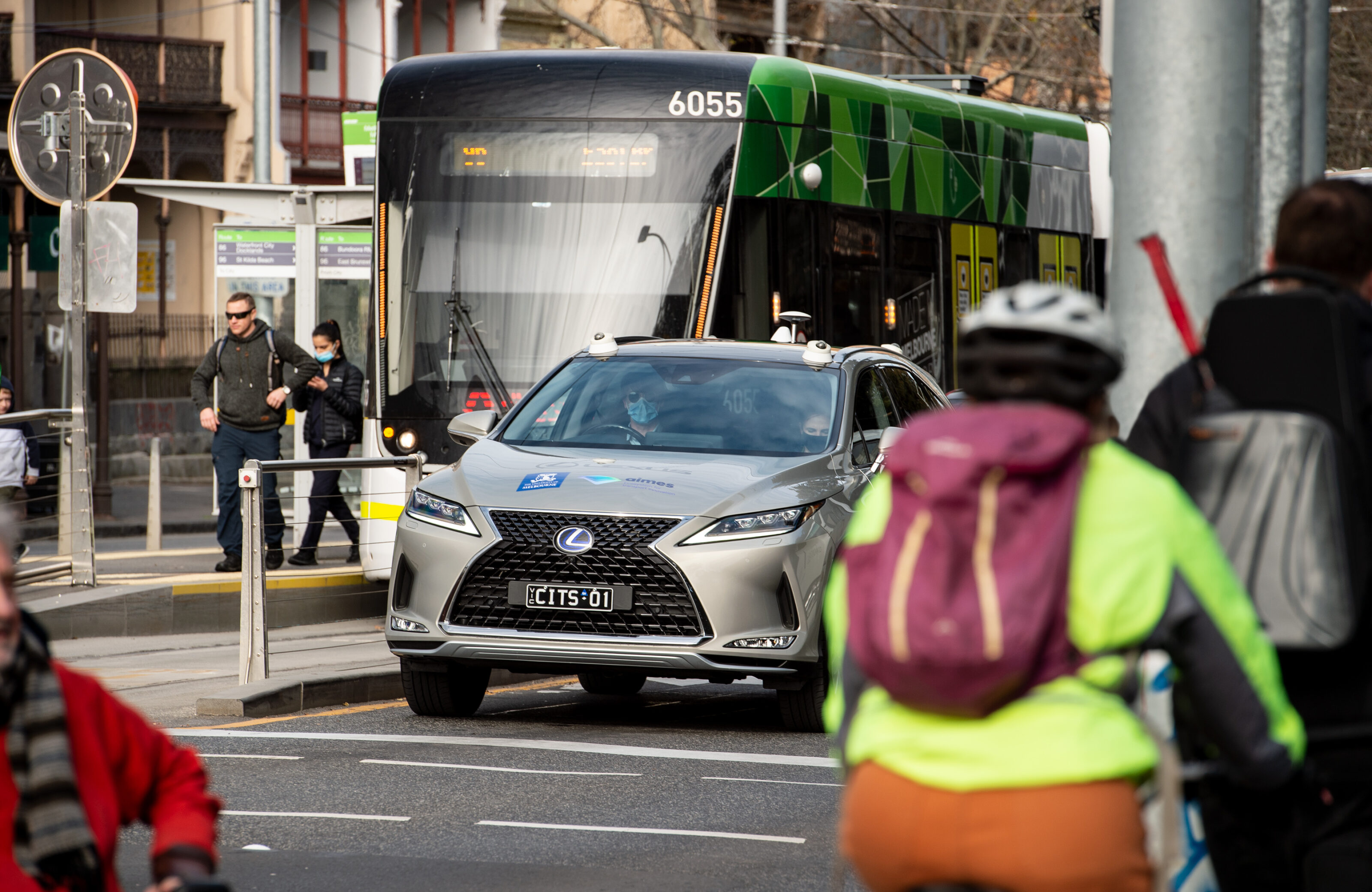
In 2018 there were more than 1100 crashes between vehicles and trams and 500 near misses in Melbourne, up from 970 the year before, leading the Victorian Government to warn motorists to take more care when travelling near trams and trains.
Melbourne’s CBD is home to five of the ten top hotspots for tram and vehicle collisions, the Department for Transport said.
The figures, released in 2019, also showed 97 per cent were the fault of motorists with 70 per cent of the incidents caused by drivers not looking for trams when turning right, U turning or merging – something the new research hopes to tackle in future.
As recently as yesterday however, emergency services attended an incident involving a car and a tram in Coburg in Melbourne’s north, which has left two people in hospital in a critical condition, two in a serious condition and two more with non-life threatening injuries.
The cause of the accident is not yet known, but none of the passengers or driver on-board the tram were hurt.
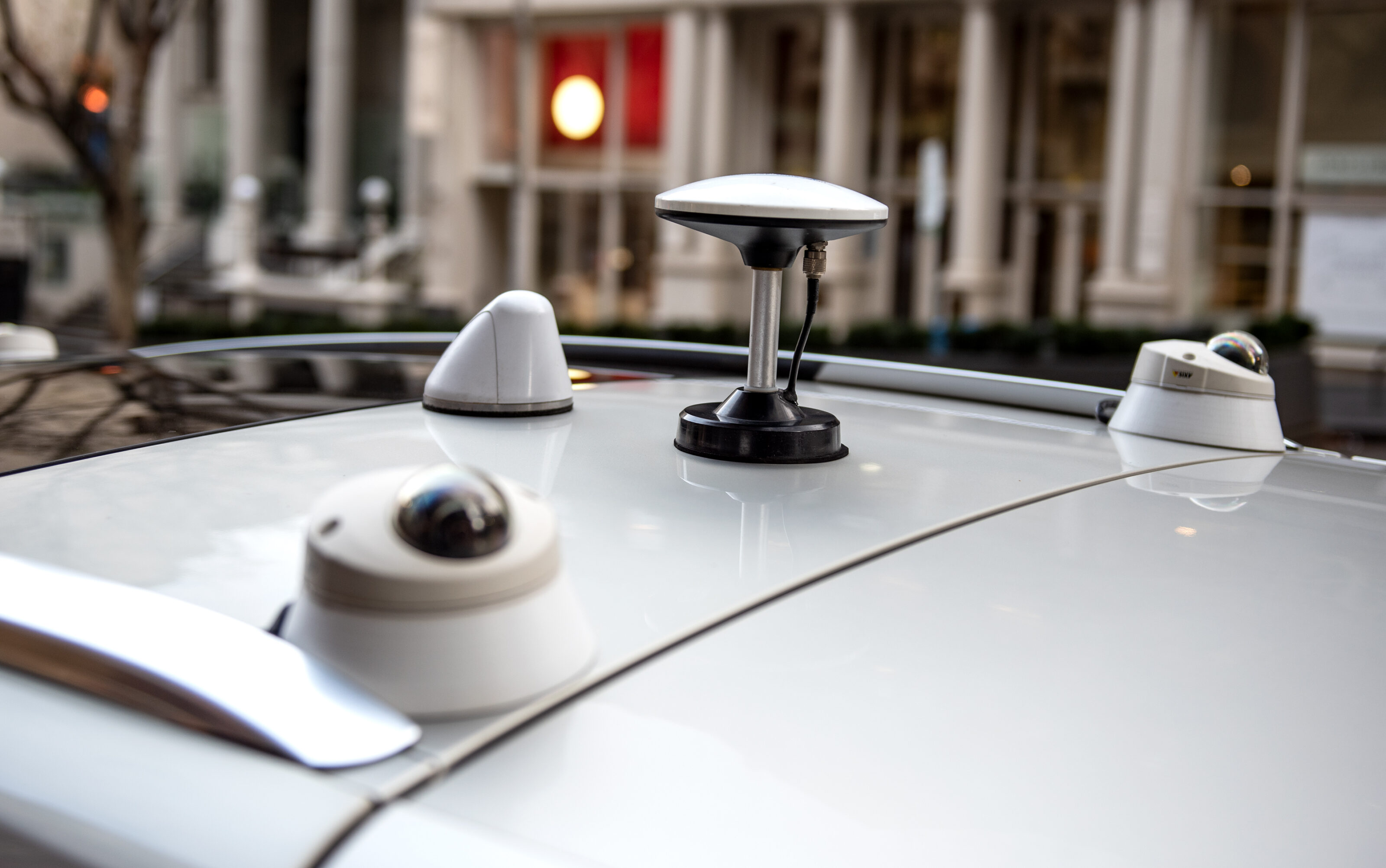
We recommend
-
 News
News2022 Lexus NX revealed, Australian variants confirmed
Lexus has revealed the new generation of its best-selling model, and when it’ll be here
-
 News
NewsNew Lexus ES revealed for Australia
Opulent Japanese sedan due in Australia later this year with refreshed looks and more technology
-
 Reviews
Reviews2021 Lexus RX450hL Luxury review
Looking for a high-end hybrid SUV that does what it says on the box? Look no further than the 2021 Lexus RX450hL




